Although your network may be working just fine, there may be security problems lurking within. From an outdated Windows server that’s fallen out of support to dated spam filtering techniques that allow spoof emails slip between the cracks, there’s no better time than the present to stay ahead of the curve and find out what you might be missing.
Unsure if your network is outdated or not? Check out the traditional vs. modern approach in these five critical IT areas.
1. Endpoint protection
Traditional approach: Traditional antivirus refers to a dictionary to determine if an “actor” is good or bad.
Modern methods: Today’s endpoint protection integrates AI machine learning with antivirus and spam filtering. Machine learning not only automates the ability to determine good processes from bad, but it can also make corrections based on this intelligence. This automated machine learning approach offers excellent protection against zero day threats.
2. Email security
Traditional approach: Older spam filtering techniques refer to an IP address library for known bad actors. Of course, email and backup go hand in hand. The traditional backup approach involved backing up email data onto a local server.
Modern methods: Similar to endpoint security, modern spam filters utilize machine learning with AI that can quickly react to threats if someone is trying to impersonate someone else – i.e. spoofing. DMARC and DKIM is often added as an additional security measure that tells the internet where your email lives, so it is more difficult to spoof. In other words, this setting says “hey internet, our email is at Office 365 and if someone tries to use the email address, don’t allow it.”
Modern backup methods support much more than email these days. Ontech uses a solution called Skykick that offers 24/7 backup of your email, calendar, SharePoint, OneDrive and Teams messaging data to the cloud. This approach is a cloud to cloud backup as opposed to backing up data that was previously residing at your office.
3. Backup
Even if you’ve put all the right IT security measures in place, it really comes down to your backup – so this is one area you definitely want to get right.
Traditional approach: Many businesses used to utilize tape backups – and some even continued to do so after the cloud was introduced because they did not want to move to the cloud. At the same time, recovery time was quite different from what it is today. Businesses used to find 5 days as an acceptable downtime, but today, the recovery objective keeps getting smaller and smaller.
Modern methods: Acceptable downtime depends on the type of the company, but ultimately, communication is more critical these days. The recovery time has shifted from days to just hours. A more reliable disaster recovery plan has become more popular as greater Milwaukee area businesses are more reliant on uptime.
4. Security Threats
Old vs. New: The evolution of cyber security threats.
- The amount of security threats have drastically increased along with their sophistication over the last 10 years.
- Phishing and spear phishing has also increased and people are more likely to take action on an impersonated email rather than a fake or standard spam email.
- Ransomware has quickly adapted and evolved. The average ransom demand has increased 37% year over year.
- Modern IT strategy utilizes network separation. This approach uses IP based cameras that connect to your IP. We used to commonly see a flat horizontal network, but today, you can have a separate phone or camera network to prioritize traffic. Phones always get high priority to maintain quality while guest access is set to lowest priority. Network separation allows prioritizing so your network can run smoothly.
Another aspect of network separation can help in terms of security. It’s common in some industries like manufacturing for computers to run old operating systems in order to support certain software. The manufacturing industry isn’t held to rigid compliance like healthcare and it can be more expensive to update software than an operating system, so naturally this is a common scenario.
Often, it takes massive amounts of downtime and significant revenue losses before these organizations update their system. This is where network separation comes in handy – the IT administrator creates an isolated area that is separate from other network areas that could be potentially exploited.
5. Managed services
Traditional approach: Many businesses utilized the break/fix model which put them in a place where they were down for days at a time. Managed services were expensive, previously only available to enterprise level businesses. In addition, managed services were not advanced like they are today – among other tasks, they used to determine if a system was up or down and an IT tech had to manually review log files to look for vulnerabilities.
Modern methods: Today, managed services utilize artificial intelligence and they are widely adopted by businesses of all sizes. Log file review is now automated with alerts, freeing up IT staff to focus on other network aspects. On the subject of proactive security, security awareness training is now widely available to businesses of all sizes, while previously only available at an enterprise level.
Take a Proactive Approach and Avoid Data Loss
Ontech estimates 10% of businesses we encounter in the greater Milwaukee area are in a complete break/fix model. Most are doing some things in a break/fix manner, while others take a proactive approach to IT.
Where does your organization fit in?
Ask yourself – what more can I do to prevent downtime and reputation loss? Is your network utilizing the latest and greatest technology in IT or are you falling behind?
One of the best ways to determine if your network is running outdated IT methods is through a network security assessment.
While network security assessments are important for all businesses, they are of particular importance if your company handles private personal information, credit card info, eCommerce, or you need to maintain compliance.
This is a highly recommended, proactive step we recommend you take sooner rather than later. If you have questions on network security or any other IT area, we encourage you to contact our support team who is standing by at 262-522-8560.






